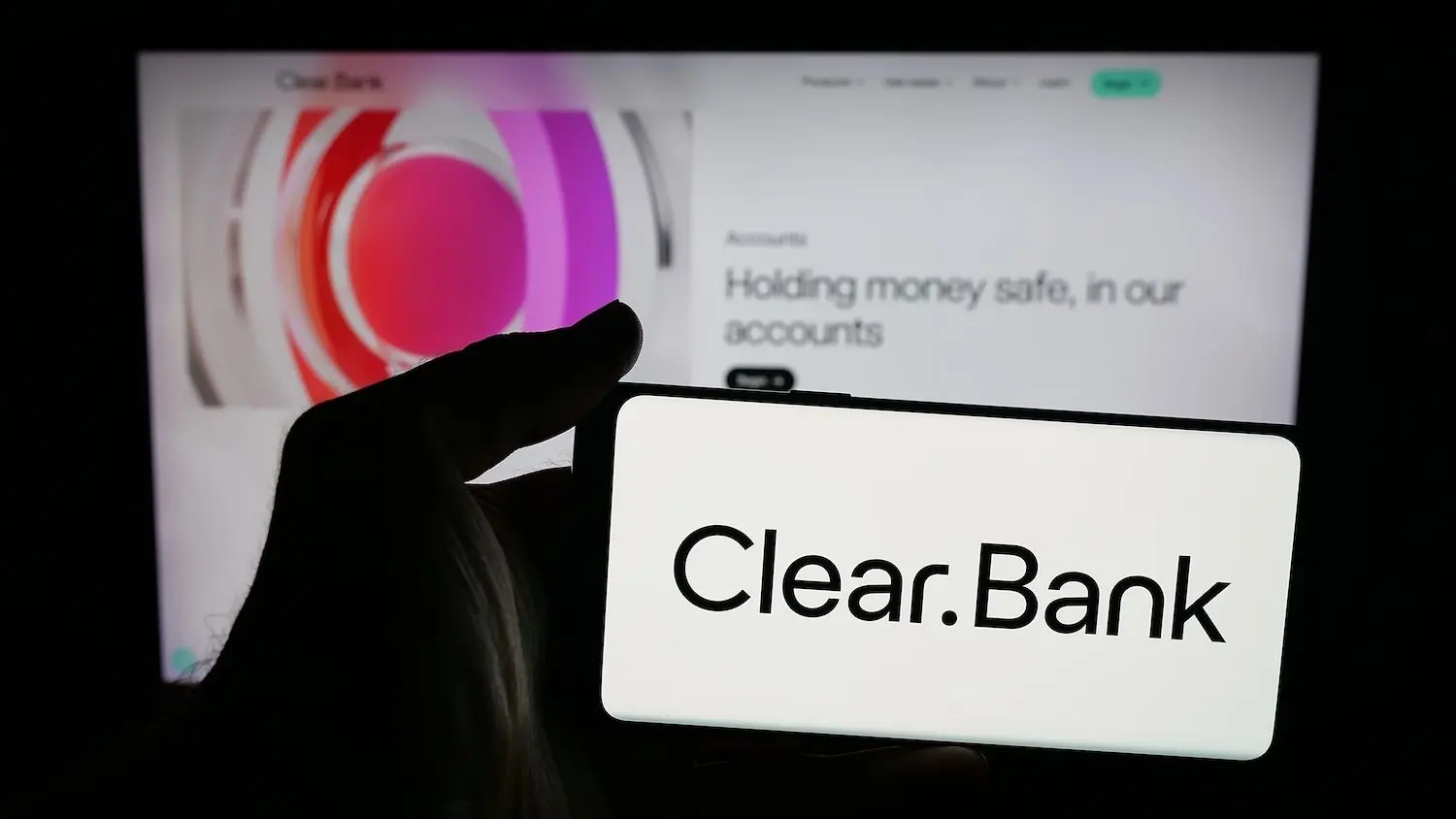ClearBank, a UK-based regulated fintech bank, signed a framework agreement with Circle Internet Financial on Monday to expand the use of USDC and EURC stablecoins across European markets. The partnership connects ClearBank's banking infrastructure with Circle's blockchain payment rails, aiming to enable faster and less expensive cross-border transactions for financial institutions and fintech companies.
What to Know:
- ClearBank will integrate with Circle Mint and join the Circle Payments Network, allowing direct issuance and redemption of stablecoins by financial institutions.
- The deal comes as Europe prepares for MiCA regulations in 2026, which will require stablecoin issuers to maintain one-to-one reserves and publish regular audits.
- More than 60 percent of EU financial firms have launched or plan blockchain payment pilots by 2026, according to the European Blockchain Observatory.
Banks Move Toward Blockchain-Based Settlement
ClearBank will become part of the Circle Payments Network and integrate with Circle Mint, the infrastructure that allows banks and fintechs to issue and redeem digital currencies directly. The arrangement gives ClearBank's clients access to blockchain-based payment systems without requiring them to build their own infrastructure.
Mark Fairless, ClearBank's chief executive, said the partnership represents a significant step in linking regulated banking systems with blockchain technology.
"By combining our cloud platform with Circle's digital-asset expertise, we can help clients transact globally at internet speed," Fairless said.
Sanja Kon, Circle's vice president for partnerships in Europe, the Middle East and Africa, described the agreement as progress toward what she called "an open, programmable financial system." She said the partnership would provide "greater transparency, efficiency, and reach" for institutional payments.
Circle previously worked with Deutsche Börse Group in September to enable USDC and EURC settlement on the 360T Markets platform. That collaboration marked another example of traditional financial institutions incorporating stablecoin technology into existing trading systems.
ClearBank, founded in 2016, provides payment infrastructure, clearing services and embedded financial products to other financial institutions. The company operates under UK financial regulations but is not publicly traded.
European Union Regulations Push Digital Currency Development
The ClearBank partnership comes as the European Union prepares to implement its Markets in Crypto-Assets regulation in 2026. MiCA will require stablecoin issuers to hold reserves that match their outstanding tokens on a one-to-one basis and to publish regular audits of those reserves. The rules aim to create a standardized regulatory framework for digital assets across EU member states.
Several major European banks have already started testing digital currency systems.
ING and ABN AMRO have experimented with euro-denominated tokenized deposits. Banco Santander has tested blockchain-based bond settlements through a platform operated by the European Investment Bank. The Swiss National Bank conducted wholesale central bank digital currency trials with six commercial banks.
Data from the European Blockchain Observatory indicates that more than 60 percent of EU financial firms have either launched blockchain payment pilots or plan to do so by 2026.
Some analysts believe this level of activity could position Europe ahead of the United States in establishing regulated digital finance infrastructure.
Traditional bank stocks in the European market have performed well this year. ING shares have gained approximately 55 percent year-to-date, while ABN AMRO stock has increased roughly 71 percent over the same period, suggesting investor confidence in the region's financial sector remains strong.
Closing Thoughts
The ClearBank-Circle partnership reflects a broader shift in how European banks approach digital payments. As regulatory frameworks take shape and more institutions test blockchain technology, the distinction between traditional banking and digital asset platforms continues to narrow. The outcome of these initiatives will likely influence how financial institutions worldwide integrate stablecoins into mainstream payment systems.

